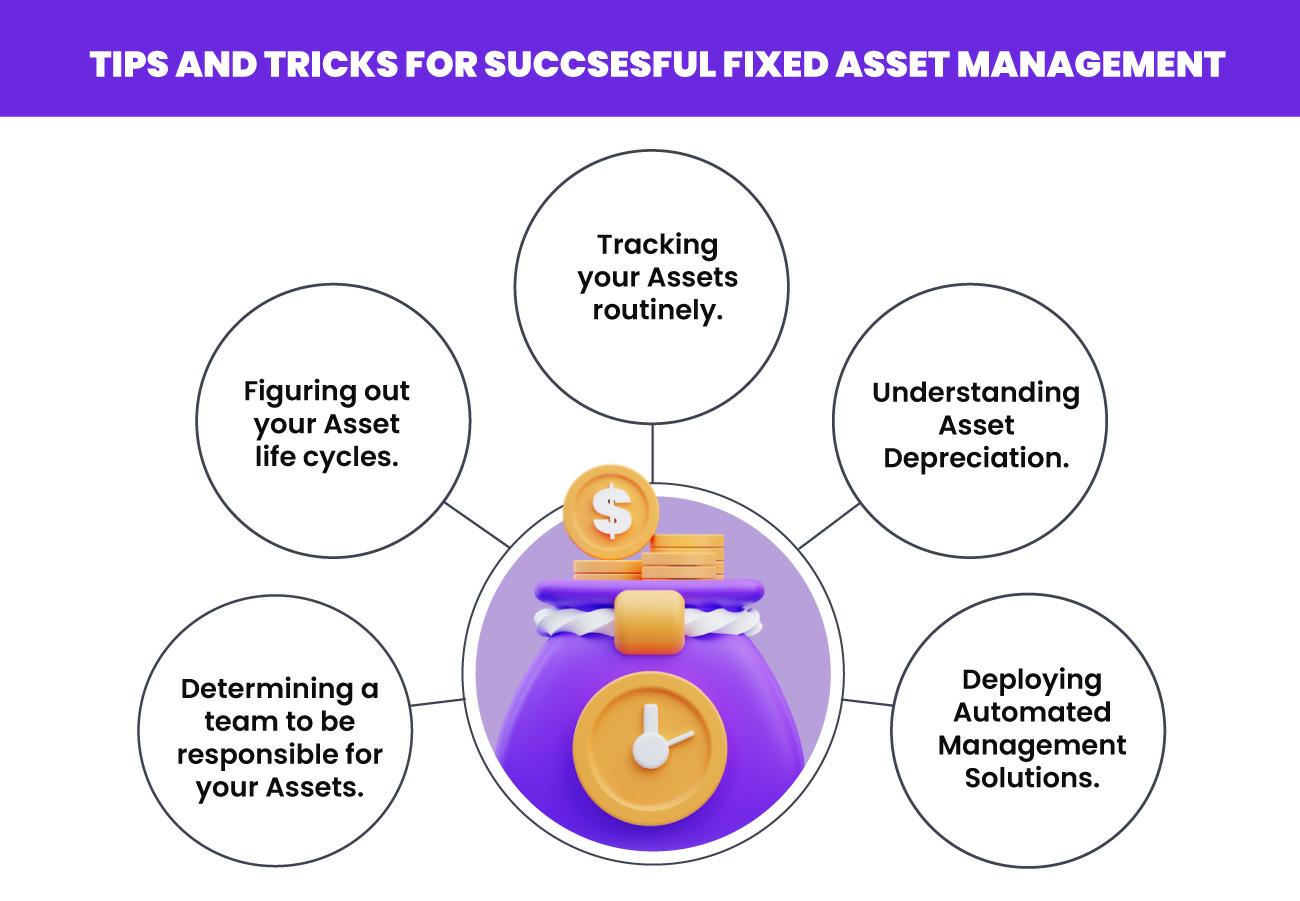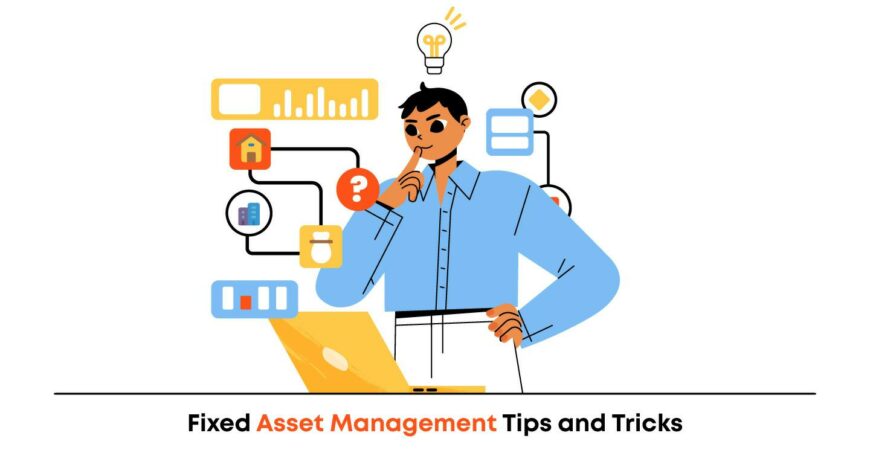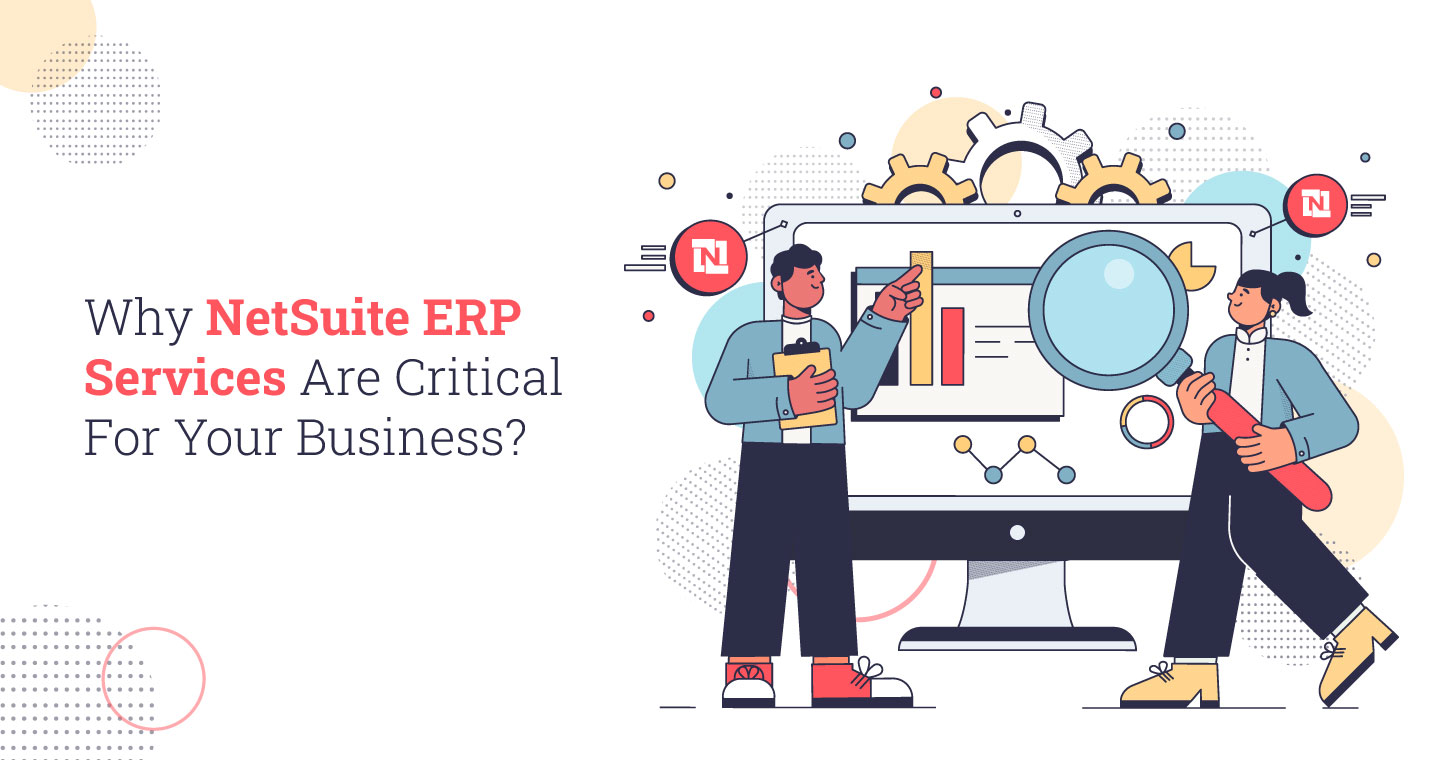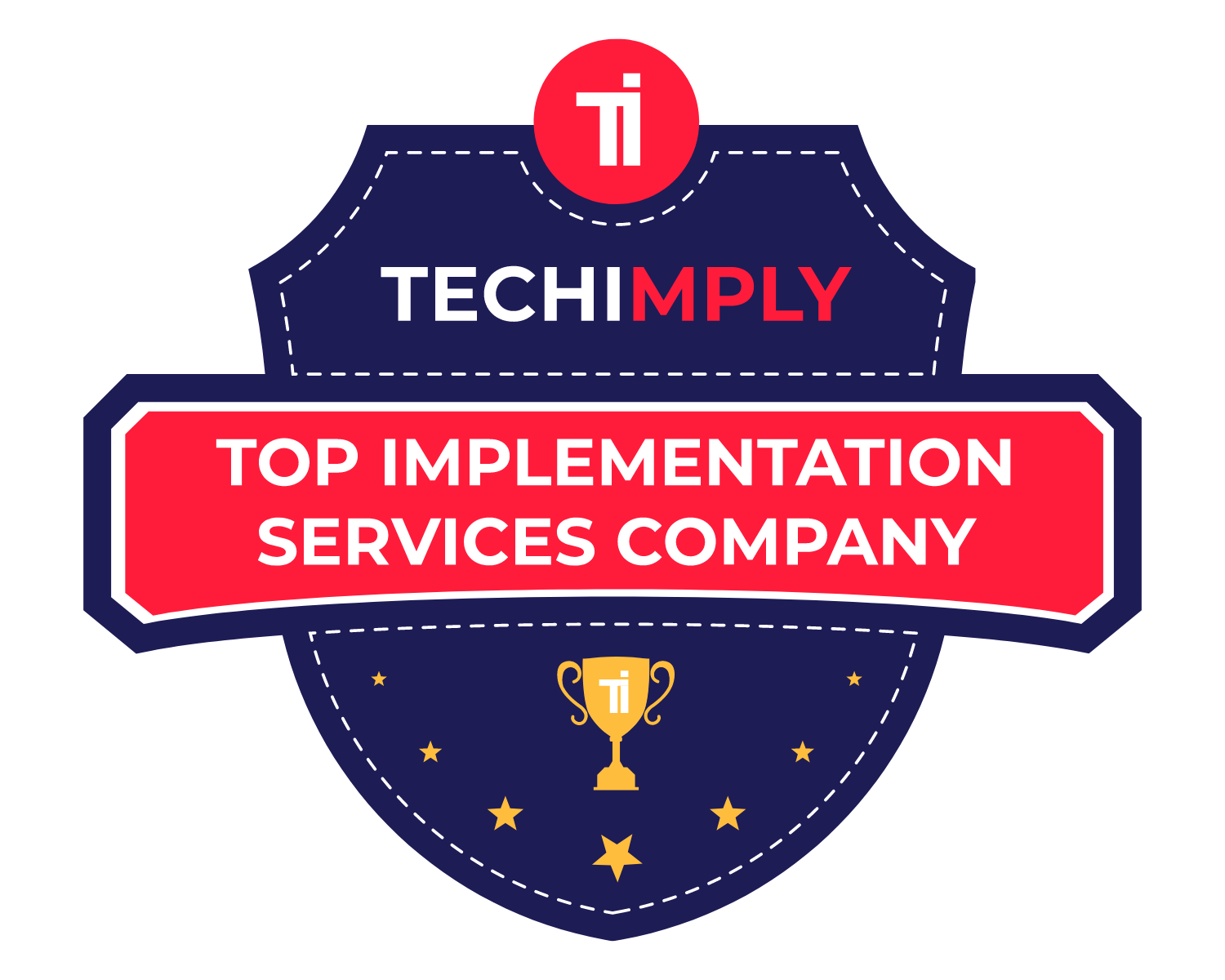Managing assets is simple regardless of the kind of asset your business has, tangible or intangible, and whether it owns either type. It is because every business requires a comprehensive and integrated asset management system to manage assets efficiently. Further, it becomes quintessential, especially if you have many assets to sell to consumers or clients. However, maintaining your assets can come with several obstacles. Thus, it is vital to opt for a complete asset management system that would simplify the process.
Here, in this article, we bring you five asset management strategies to streamline asset management so you may maximize business productivity. The NetSuite Fixed Asset Management module is designed to help you manage your business assets. But before, let us start with understanding fixed asset management.
What Is The Process Of Fixed Asset Management?
Sensors and RFID tags are used in an IoT fixed asset management system to monitor the location and condition of physical assets. Then, this information is sent to a central database, allowing only authorized people to view it. The assets’ state, use, and need for repair are all reported using this system. Next, managers can choose how to use their assets more wisely by having this information available in real-time.
The IoT fixed asset management systems are already in use across several sectors, including manufacturing, shipping, and healthcare. These methods are expected to become increasingly more typical as technology develops. Why? It is because they provide a valuable tool for individuals who need to monitor physical assets in the interim.
What Are The Benefits Of A Fixed Asset Management System?
Fixed Asset Management Services have various advantages.
- It assists in ensuring that assets are appropriately maintained. This can increase the asset’s lifespan and avoid unplanned downtime.
- It also facilitates better decision-making by offering reliable asset performance and cost data.
- Demonstrating ownership and maintaining records of upkeep can assist in lowering insurance rates.
- Further, ensuring that all assets are accurately reported for tax reasons can enhance tax compliance.
How To Manage Assets Effectively?

Now that you know all about the value of turning to fixed asset management, it is time to get started with some quick tips and tricks.
1. Determining a team to be responsible for your assets
You can have a lot on your mind in terms of your business. You don’t have complete control over every aspect of your company, especially regarding asset management. As a result, you should choose a person in charge of the company’s assets whom you can trust and depend on.
One or two people are sufficient to manage your company’s assets if it is a small firm. However, if your business is vast, you should have a staff responsible for collecting and preserving its assets. However, you still need to employ an integrated asset management system to make working your assets simple.
2. Figuring out your asset life cycles
You must know the whole life cycle of your assets, from acquisition through disposal. Estimate how long each of your assets will be usable. You will find it simpler to choose the ideal time for asset maintenance.
You may also make long-term purchases that will benefit your finances more wisely by predicting the life cycle of your assets. For instance, you can choose more dependable computers that have a longer lifespan than your organization now uses.
3. Tracking your assets routinely
Without consistent asset tracking, your business may incur losses. Fees for paying opportunistic taxes, insurance, purchases, and asset upkeep might apply. Additionally, you can pay taxes on depreciated assets (or that you no longer own).
When your resources are insufficient to satisfy the needs of your consumers or clients, you may also feel overextended. As a result, it’s crucial to maintain track of the real number of assets you hold and the number of assets shown on your books.
4. Understanding Asset Depreciation
You must be aware of how quickly your company’s assets depreciate. Discover which assets can no longer be used, then learn why. You could be unaware that your staff is still utilizing outdated equipment, which slows down their job.
Depreciation tracking must thus be done regularly. Using the fixed asset management accounting system, this activity can determine which products shouldn’t be utilized any longer and when buying anything is appropriate.
5. Deploying Automated Management Solutions
Manual asset management costs money, time, and effort yet produces worse outcomes. Consider implementing an automated asset management system to maximize your operations.
You can automate your asset creation operations. It includes asset value monitoring and depreciation, asset maintenance, contract administration, cost analysis, and detailed report generation. You may improve your company’s efficiency, effectiveness, and production by automating complicated asset management processes.
Conclusion

Most of a company’s investments are often shown as fixed assets as a category on its balance sheet. As a result, if up to a percentage of its capital assets are absent, this raises several problems, including overpaid taxes and insurance.
However, with fixed asset management software, even if a firm neglects to carefully monitor and routinely examine the life cycle of its assets, it is pretty easy to have a significant amount of equity in untracked assets.















